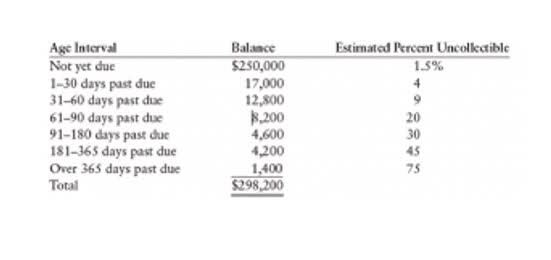
For example, if the business owner needs to know the total amount of purchases relating to a specific accounting period, it will be difficult to find this information in the journal. Journals are used to record transactions chronologically, but journal transaction analysis accounting entries only show the effect of individual transactions. It’s also worth noting that while all CPAs are accountants, not all accountants are CPAs. In the above example, the two accounts involved are the cash account and capital account, both of which are increasing. However, when a purchase order is placed for a product, this event has no impact on the accounting equation, so it is not a transaction. For example, Paid salary is $4,000, Purchase goods on credit $30,000 both events are transaction because both changes the financial position of the organization.
Recording Transactions in Ledger Accounts

All such information is provided solely for convenience purposes only and all users thereof should be guided accordingly. 11 Financial is a registered investment adviser QuickBooks located in Lufkin, Texas. 11 Financial may only transact business in those states in which it is registered, or qualifies for an exemption or exclusion from registration requirements. Here all the events will be analyzed from the point of view of Mr. A’s business.
How to Record an Accounting Transaction

In a credit transaction, the cash does not change the hands immediately at the time when the transaction occurs. In other words, the cash is received or paid at a future date. For example, you buy some merchandise from your vendor for $1,000. Upon your request, your vendor agrees to receive the payment of $1,000 for goods sold to you next weak. You take the possession of the goods and transport them to your store. It is a credit transaction because you have not made the payment in cash immediately at the time of purchase of goods.
Journal Entry
- However, computerization can only speed up the arithmetical aspects of accounting; they cannot replace an understanding of the concepts.
- Companies must identify these promptly and process them for further reporting.
- In other words, it is the collection of all accounts of a business enterprise.
- It would therefore count as income in May, even though the balance isn’t settled until June.
- The seller accepts the payment and delivers the service or product in kind.
These transactions require careful tracking to ensure that payments are collected on time and credit risks https://www.bookstime.com/ are managed. So, cash-basis accounting typically sees fewer accounting transactions because the method uses fewer accounts. So, you only record each transaction once (i.e., when the transaction actually occurs) to the specific account the transaction impacts (e.g., the cash account).


Financial accounting utilizes a series of established principles. The accounting principles used depend on the business’s regulatory and reporting requirements. Companies and organizations often have an accounting manual that details the pertinent accounting rules. Work opportunities for a financial accountant can be found in both the public and private sectors. A financial accountant’s duties may differ from those of an accountant who works for many clients preparing their accounts, tax returns, and possibly auditing other companies. In this blog, we will explore the concept of transactions, breaking down what they are and its different types.
- When you record a financial transaction in your books, use debits and credits to show the equal and opposite effects on two or more accounts.
- Based on those, processing and classifying these transactions may differ.
- It lists the company’s assets, liabilities, and equity, and the financial statement rolls over from one period to the next.
- In the U.S., licensed CPAs must have earned their designation from the American Institute of Certified Public Accountants (AICPA).
- If the totals of the two sides of the account are equal, the balance will be zero.
- Any increase in an asset is recorded on the debit side of the relevant account, while any decrease in an asset is recorded on the credit side.
- When a company sells a product or service, it generates income.